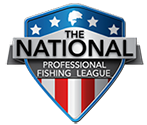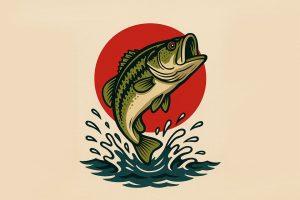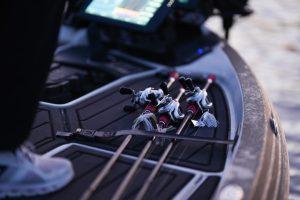
Story by Ken Duke
A couple of days ago, a friend asked me, “What was the first artificial lure used in the United States?”
It’s a great question for a couple of reasons. First, it’s just a solid inquiry about an interesting element of angling history. Second, I had never really thought about it and was immediately eager to dig in!
The ex-lawyer in me wants to start the answer to that question with “It depends …” because—frankly—it does “depend.”
Are we talking about the first lure used to target any fish, the first bass lure, the first lure cast on a rod and reel, or something else entirely?
And since those questions ultimately determine how we answer the question, I’ll take them in turn and try to answer them in my trademark circuitous way.
William Bartram (1739–1823) was American naturalist and—as far as I can tell—the first person to write about black bass in America. He explored the southern colonies in the 1760s and ’70s. In 1791 he compiled his findings in Travels through North & South Carolina, East & West Florida, the Cherokee Country, the Extensive Territories of the Muscogulges, or Creek Confederacy, and the Country of the Chactaws, Containing an Account of the Soil and Natural Productions of Those Regions, Together with Observations on the Manners of the Indians.
I can only imagine that his publisher said, “Bill, let’s tighten that title up … just a little,” but Bartram was a naturalist and they tend to be wordy.
I mention Bartram because he observed “Indians” in the South catching bass with a “bob” and long pole in the 1760s.
If you’re wondering what a “bob” is … or was … think deer hair bug or jig. The natives would tie such a thing around a “hook” of some kind and dangle it at the end of a long pole, on or just below the surface of the water. The practice was still popular among southern anglers well into the 20th century, especially those fishing in heavy cover like lily pads, cypress trees, tules, or hyacinths. In fact, it’s the same technique that Dee Thomas was using before he evolved it into Flippin’ more than 50 years ago.
[I’ve been trying to get a rodmaker to build me a three- or four-piece 13 to 15-foot jiggerpoling rod for years and years … to no avail!]
The “bob” was probably the first lure used in the United States … but it was used long before there was a United States and it was developed here, not brought here by European or other settlers.
Another “lure” used in North America before there was a United States was the “fly.” Fly fishing has been around for about 2,000 years. There are records from Macedonia at about that time of anglers using long rods, a line, and artificial lures made of wool and feather hackles to catch fish. By the 15th and 16th centuries, the references to these sorts of methods are common, and by the 18th and 19th centuries, early reels and silk fly lines were in the mix.
It seems safe to assume that somebody somewhere among the early European settlers in North America fashioned a fly-fishing outfit from available materials and used them to catch trout or bass or some kind of fish in the 1490s or early 1500s.
But if we want to get at the first “bass lure,” we may need to fast forward some. It’s a step worth taking, if only to put some names and dates on things.
We’re all familiar with James Heddon (1845-1911) of Dowagiac, Michigan—the man who founded James Heddon & Son lure company in 1900 (pictured here). He famously whittled a stick into the shape of a fish, threw it in a mill pond, and watched a fish eat it, thus kicking off the modern lure industry.
Well, Heddon was certainly a spark for the modern lure industry, but the whittling story is apocryphal, and Heddon has no claim to the distinction of creating the first artificial bass lure. Men like John J. Hildebrandt (1863–1912) and John A. Roach (1858–1943) certainly preceded Heddon in that effort, but one of Heddon’s ancestors may have come along even earlier.
Heddon’s maternal grandfather was a Michigan farmer and avid angler named William Tuttle Sr. (1788–1870). According to his illustrious grandson, Tuttle was the first person to use a wooden minnow (“plug”) to catch a fish. Legend has it that Tuttle trolled a wooden minnow to catch bass on Magician Lake in Michigan as early as 1850.
Was that wooden minnow designed to catch bass? Probably not. It was likely designed to catch “fish” … of any kind. And it probably worked for several species. But most bass lures also catch other species, whether we want them to or not.
Do I think Tuttle was the first to do this? I think it’s highly doubtful. But the claim is made on his behalf and there seems to be no one with an earlier claim that has any provenance at all. So … Tuttle takes the honor … for now. One day we may we uncover a treasure trove of centuries old baits or documents that establish an earlier claim.
Until then, you can see why I started with “it depends.”




